Come and be inspired
Brazil’s Atlantic Forest
Mondo Verde
Mondo Verde Expeditions July 8-26, 2022 Photos by Bob Gress / Birds in Focus
Brazil’s Atlantic Forest is one of the most threatened environments in the world. Following five centuries of European colonization less than 16% of the Atlantic Forest remains today, and much of that is highly fragmented. Two of Brazil’s largest cities, São Paulo and Rio de Janeiro, are found within this area and the bulk of Brazil’s population and industry occupies an area that was once covered with Atlantic Forest.
This region is classified as one of the top five global biodiversity hotspots. The highest numbers of Brazil’s endemic and threatened bird, mammal, reptile and amphibian species are here. Brazil is home to over 1,800 species of birds and about half of these occur here.
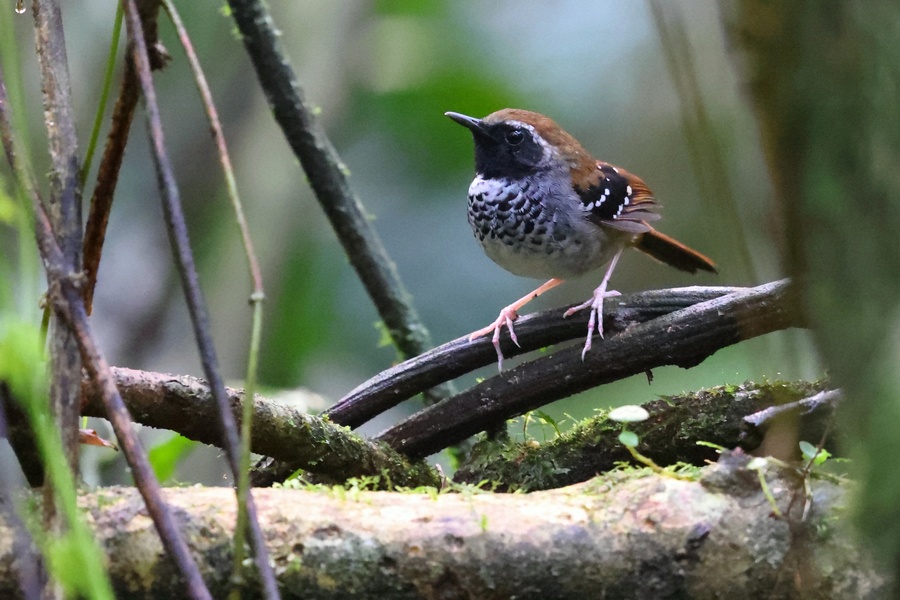
Chestnut-bellied Euphonia (above), Itatiaia National Park, Brazil, July 16, 2022
The Helmeted Woodpecker (below) is a rare inhabitant of humid and lower montane forest. We were lucky to find and photograph this female. Intervales State Park, Brazil, July 23, 2022

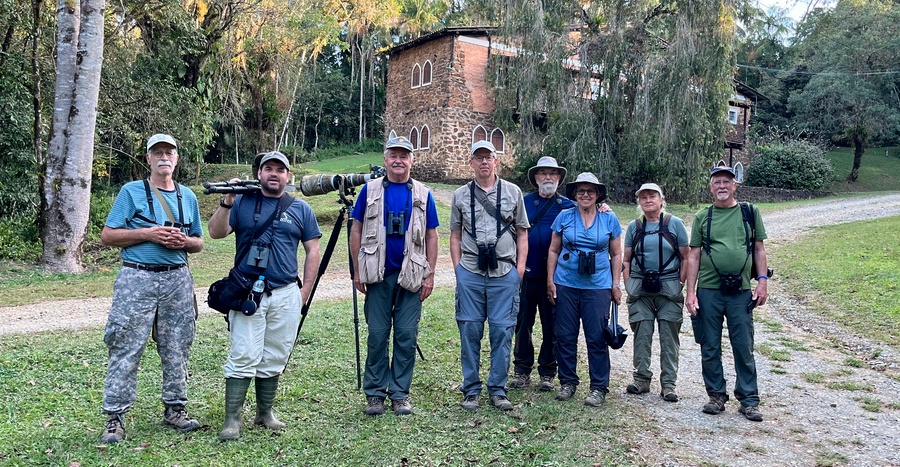
Left to right (above): Art Nonhof, Bradley Davis (guide), Bob Gress, Kevin Groeneweg, Jim Marlett, Patty Marlett, Karen Nonhof, Tom Ewert, absent from photo Laura Groeneweg. Photo taken at Intervales State Park, July 23, 2022.
Eight of us from Kansas enjoyed this Mondo Verde Expedition exploring, birdwatching, photographing and learning about this amazing living landscape. On our travels we saw about 350 species of birds and 8 species of mammals. Thanks to Mario Corvetto, owner of Mondo Verde Expeditions, for coordinating this trip! Thanks to our driver Alex and our local guide Bradley Davis. Bradley is an expert on Brazilian birds, able to locate birds obscured by foliage, and can identify nearly every bird encountered by its song, call or tiniest of squeaks! We had a blast!
Brazil’s Atlantic Forest, view from Caledonia Road, Nova Friburgo, Brazil, July 13, 2022
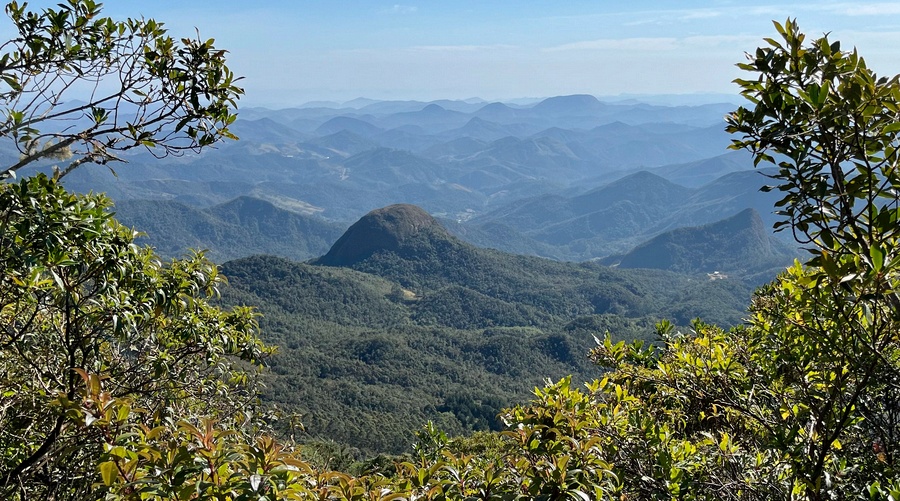
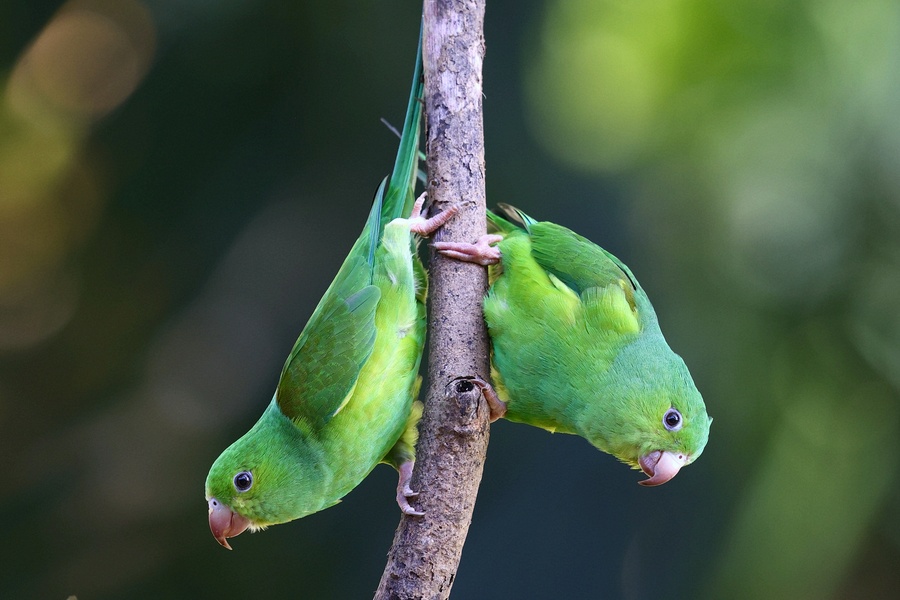
Plain Parakeets (above), Trilha dos Tucanos, Tapirai, Brazil, July 21, 2022
Slender bodies and long, pointed tails set parakeets apart from parrots. The tails of parrots are typically shorter and square on the tip.
Maroon-bellied Parakeets (below), Trilha dos Tucanos, Tapirai, Brazil, July 21, 2022
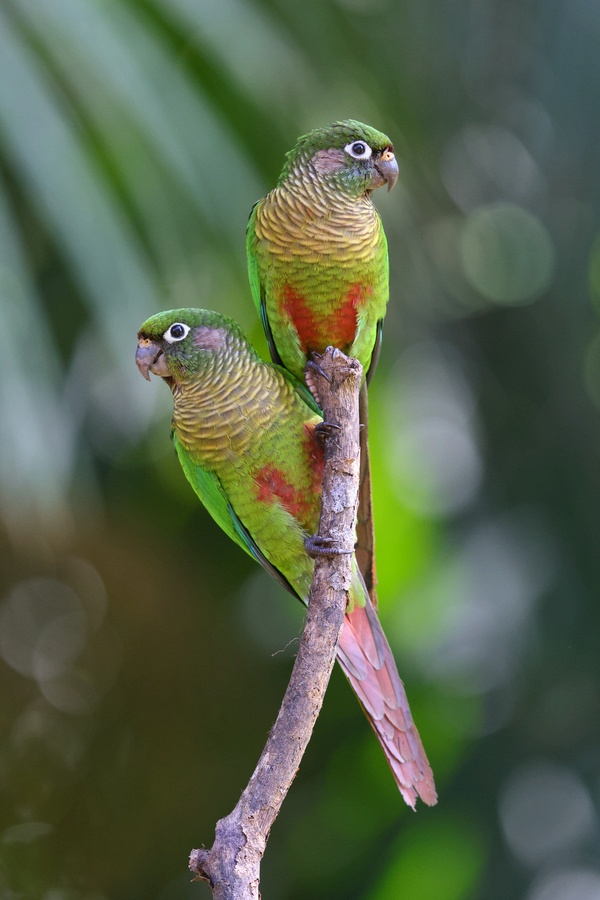
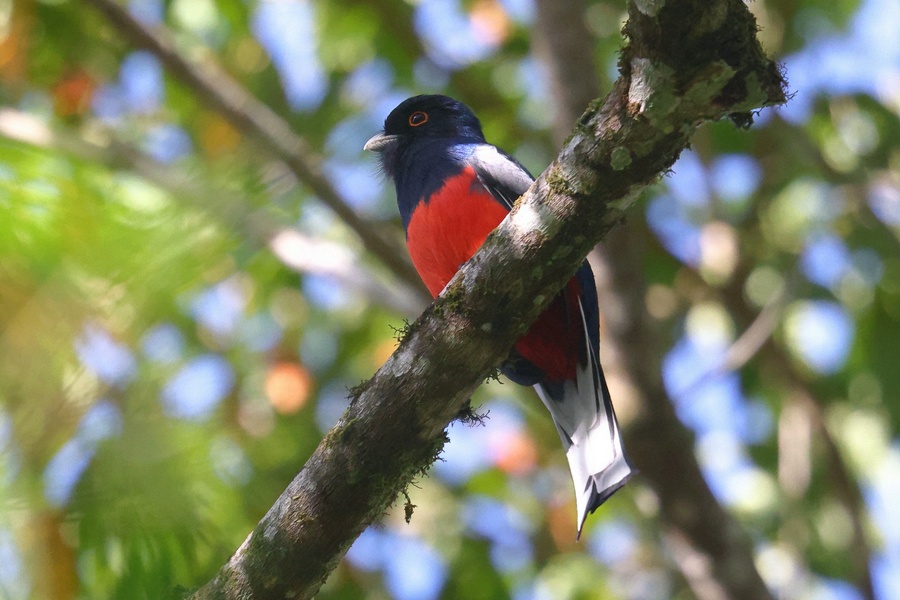
Surucua Trogon (above), Intervales State Park, Brazil, July 23, 2022
Trogons are colorful birds of forests. They perch upright and rotate their heads as if in slow motion, searching the canopy for fruits or insects. They often pluck fruits and capture insects while flying.
Green-backed Trogon (below), Salve Floresta, Tapirai, Brazil, July 21, 2022
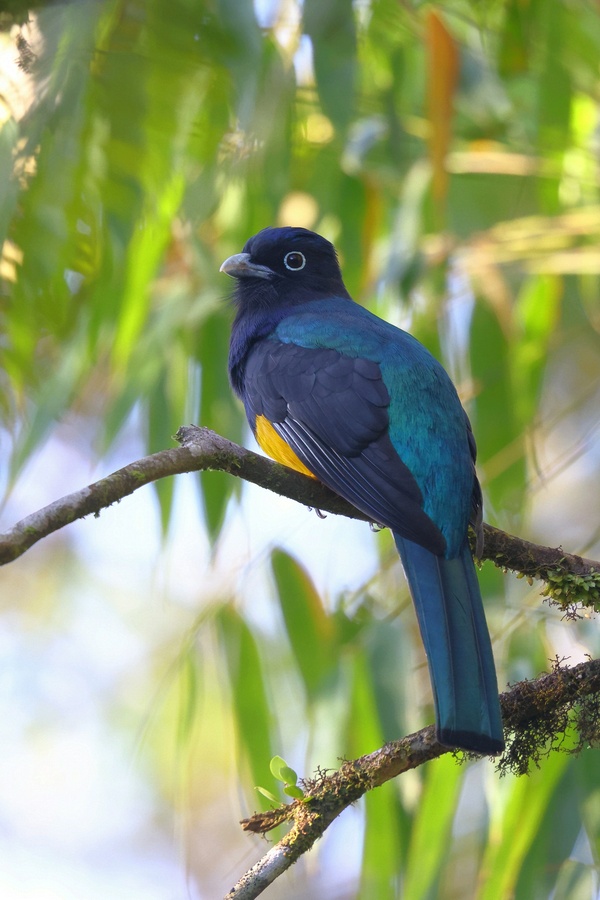

Brazilian Ruby (above), Folha Seca, Ubatuba, Brazil, July 18, 2022
Brazil is home to over 80 species of hummingbirds. The iridescent colors of hummingbirds are the result of feather structure not pigmentation. Many species can appear nearly black until the correct light angle reveals their often-hidden brilliance!
Festive Coquette (below), Folha Seca, Ubatuba, Brazil, July 18, 2022
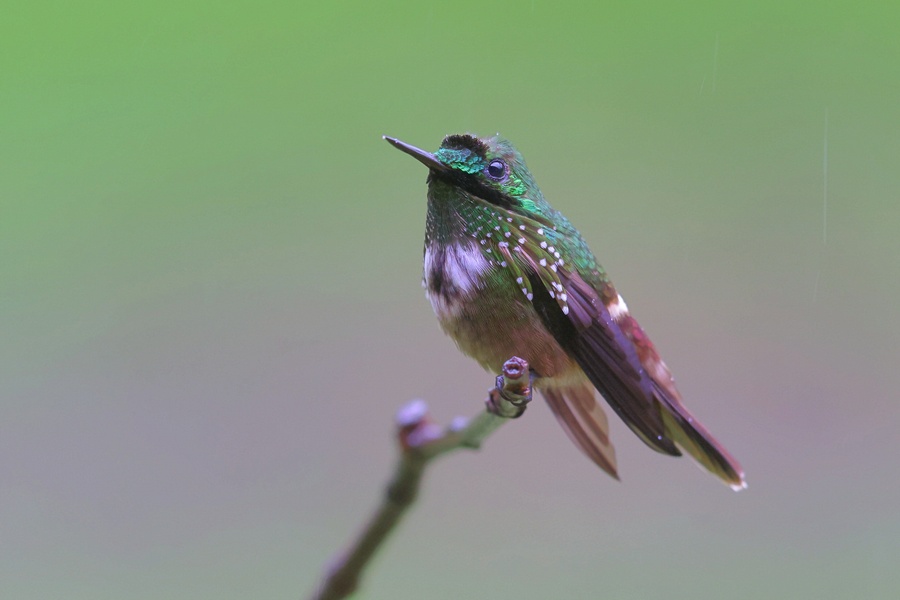

Green-crowned Plovercrest (above), Caledonia Road, Nova Friburgo, Brazil, July 13, 2022
Violet-capped Woodnymph (below), Folha Seca, Ubatuba, Brazil, July 18, 2022


Rainforest (above) from Trilha dos Tucanos, Tapirai, Brazil, July 21, 2022
White-tufted-ear Marmoset (below), Reserva Ecologica Guapiacu (REGUA), Brazil, July 14, 2022


Black-horned Capuchin (above), Itatiaia National Park, Brazil, July 16, 2022
Primates like marmosets and capuchins are fast and agile. Sloths live life in slow motion. Look carefully at the sloth below. Mom hangs upside down with a youngster clinging to her. Its arm can be seen stretching around to her back.
Three-toed Sloth (below), Reserva Ecologica Guapiacu (REGUA), Brazil, July 11, 2022
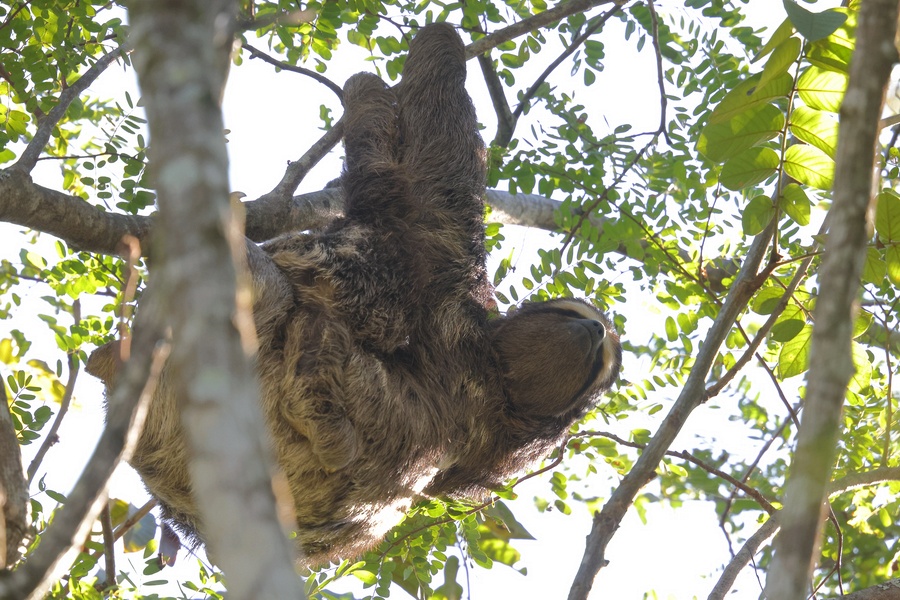
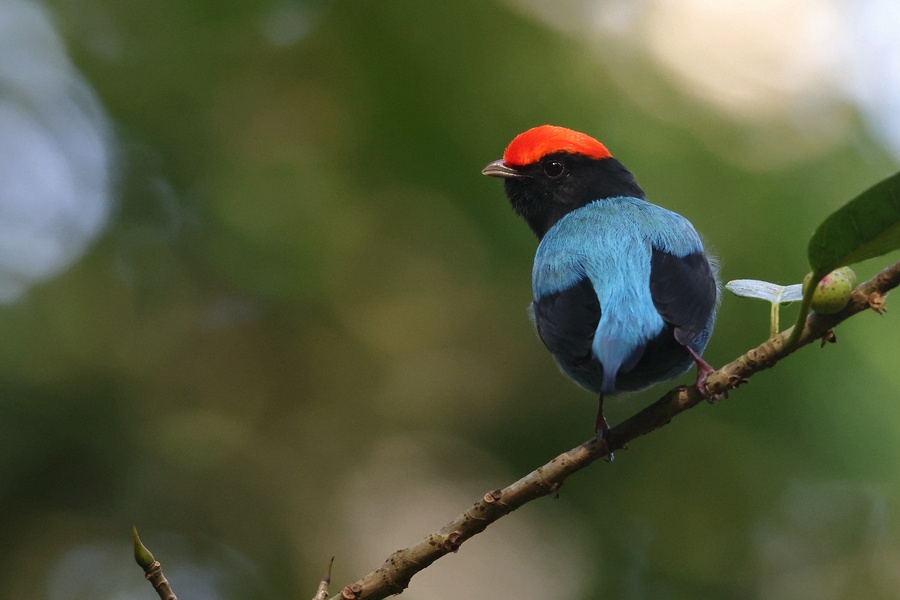
Swallow-tailed Manakin (above), Intervales State Park, Brazil, July 24, 2022
Black-fronted Piping-Guan (below), Intervales State Park, Brazil, July 23, 2022

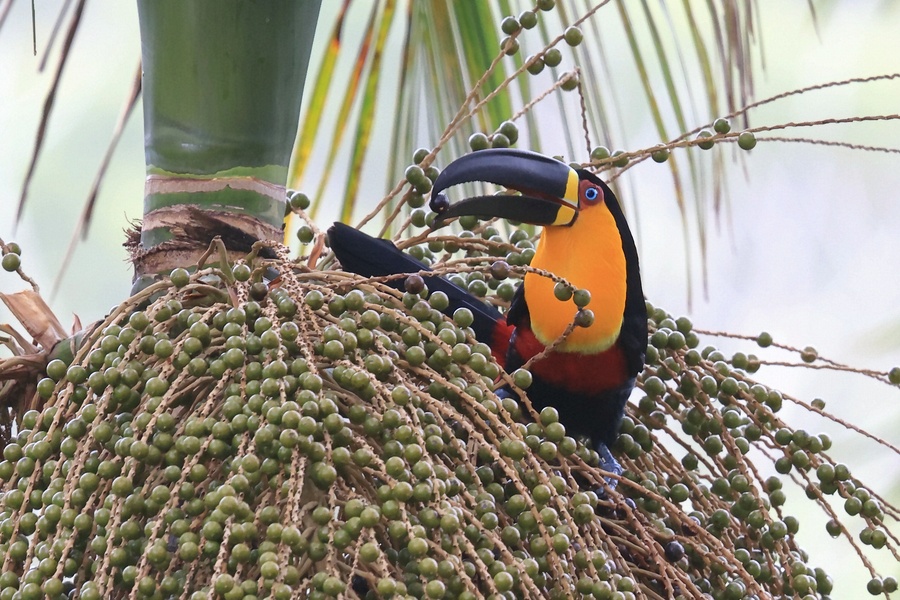
Channel-billed Toucan (above), Salve Floresta, Tapirai, Brazil, July 20, 2022
Toucans are large colorful birds with large bills. Their bills are surprisingly hollow and light and used for eating fruits, their main food. They also eat frogs, lizards, baby birds and eggs. These two species are eating palm fruits.
Red-breasted Toucan (below), Trilha dos Tucanos, Tapirai, Brazil, July 21, 2022

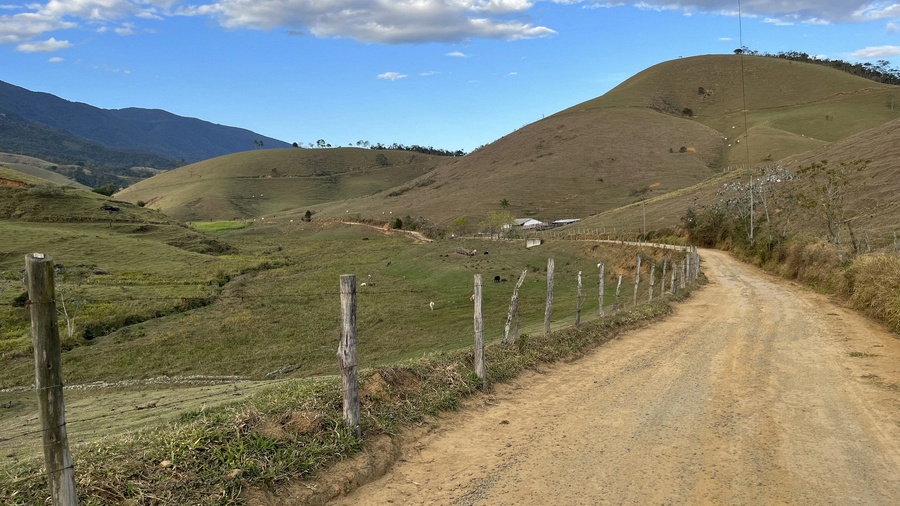
Ranchland near Itatiaia National Park, Brazil, July 17, 2022
Much of Brazil’s original forest has been altered. Ranchland, sugarcane, gold, coffee, highways and huge cities have had an impact. This region is home to more than 100 million people. The ranches provide a variety of habitats from pasture, cropland, orchards and gardens mixed with natural marshes and forest remnants. These ranchlands harbor many species acclimated to the presence of humans.
Yellow-headed Caracara (below), Reserva Ecologica Guapiacu (REGUA), Brazil, July 12, 2022
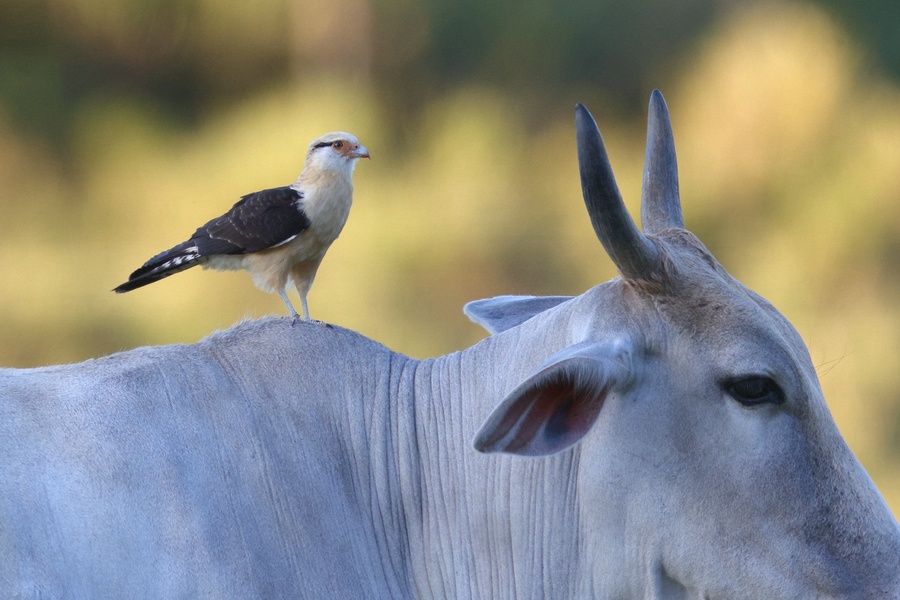
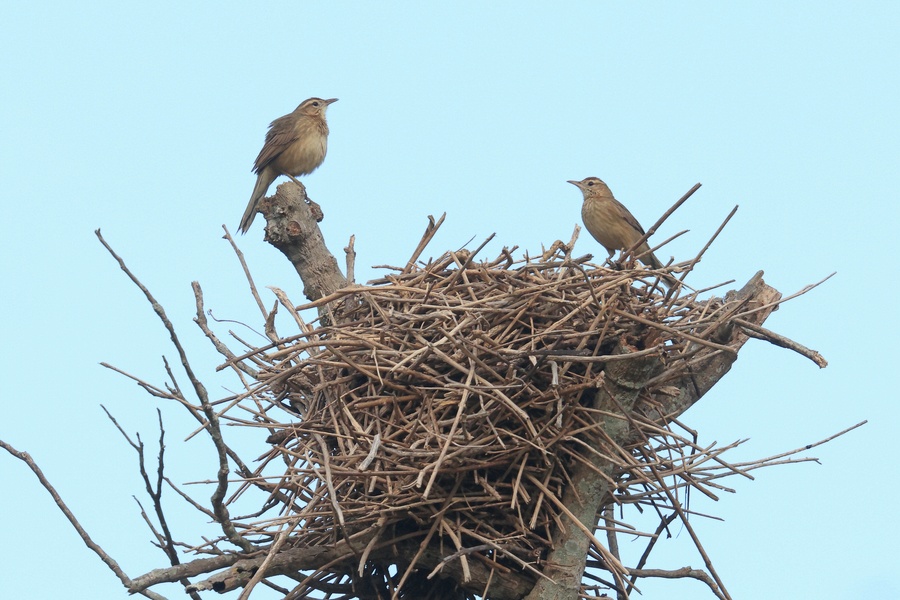
Firewood-gatherer (above), near Itatiaia National Park, Brazil, July 17, 2022
These species have successfully adapted to ranches and humans.
Streamer-tailed Tyrant (below), near Itatiaia National Park, Brazil, July 17, 2022

